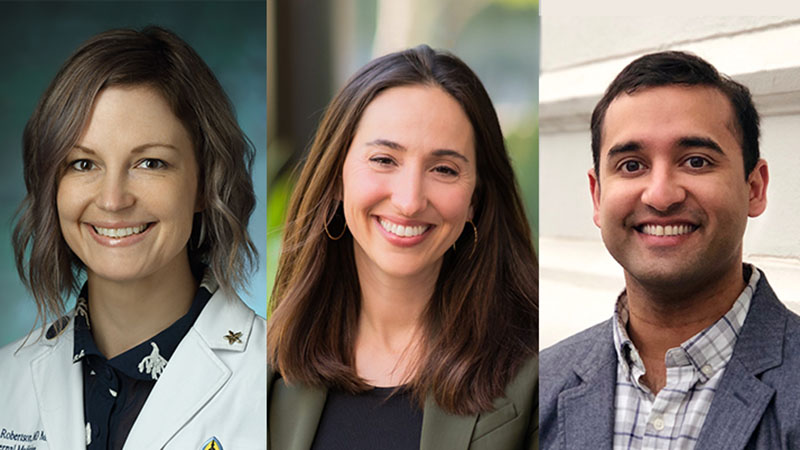
by: Helen Chen, MD
Riding back to DFW on the airport shuttle after attending the Pioneer ACO presentations during the last session of the last day of #AGS13, I struck up a conversation with another attendee who is in private primary care practice. After learning that I am a PACE medical director, she responded, “What’s PACE?” I was surprised at the context, but not by the question. This is a conversation I have at least once a week in the community.
Invariably, after describing how the integrated, coordinated, PACE model of care serves frail , nursing home eligible, mostly dually eligible elders with the goal of helping them to remain in their communities as long as safely possible, most people I talk with want to know, “How can I get that for my mom, grandfather, (other older relative)?” Unfortunately, as many regular readers of GeriPal know, even though On-Lok began PACE in the early 70s, 40 years on, it is available in only 30 states, and serves a combined national panel size smaller than many FQHC systems in single states or regions. And, for elders with even modest resources, PACE is generally not obtainable because of financing or regulatory issues.
But the good news/bad news is that more recently, many health plans have taken notice. They are not waiting for the published results of various innovations or demonstration projects. Many large health systems are already looking to provide PACE-like “integrated and coordinated care” for their members, some of whom resemble the multimorbid, psychosocially complex elders cared for in PACE. Some ACOs are also beginning to bring some practical systems on line to address the needs of the complex elder. However, many of these decisions are being driven by economics: the financial incentives driving the management of adverse risk and reduction of hospitalizations and readmissions, among other outcomes.
The question is how many of us in the GeriPal world are in the boardrooms or the executive management meetings when these programs and systems are being created, or critical decisions are being made? We are a small tribe, but the very patients we care deeply about are going to have a lot of skin in this game. We need to effectively leverage our leadership abilities and skills. And, those of us who are directly involved in education need to prepare our fellows and other trainees to take on these leadership challenges which in the near term must include systems redesign and increased attention on “quality”. Otherwise, we will run the risk of continuing to be small islets of geriatrics excellence unable to influence much change in the choppy seas of “innovation” that may not adequately meet the needs of older adults, especially those who are the most complex.
by: Helen Chen, MD



